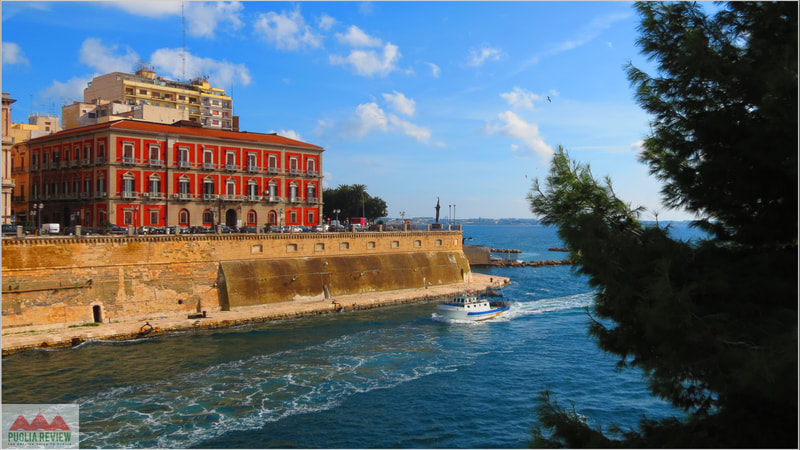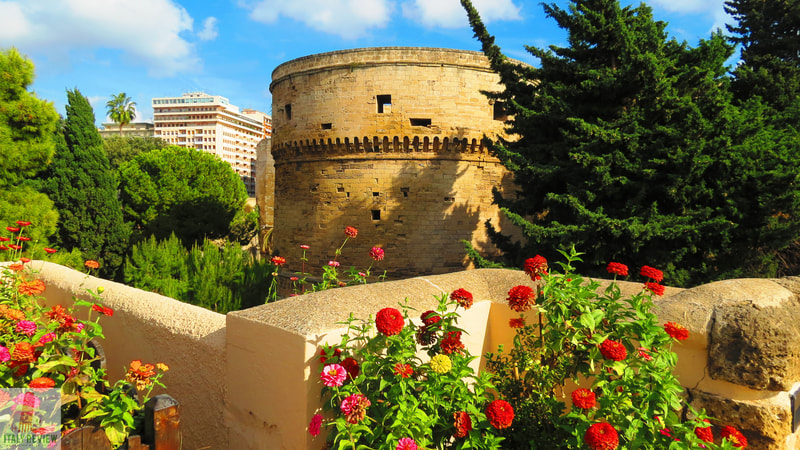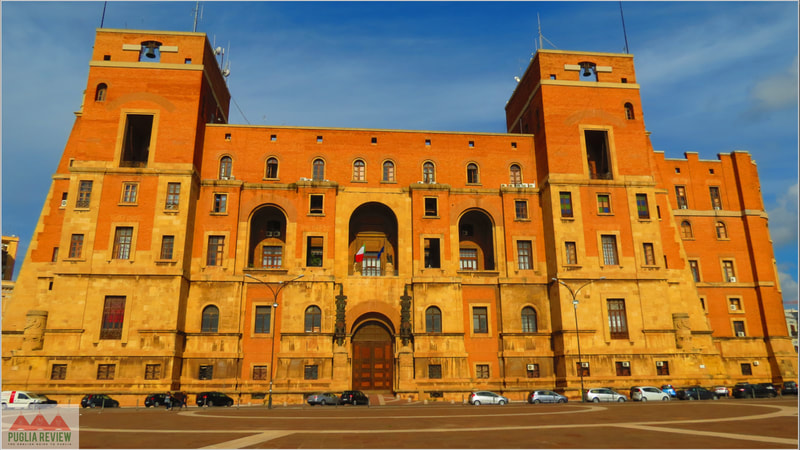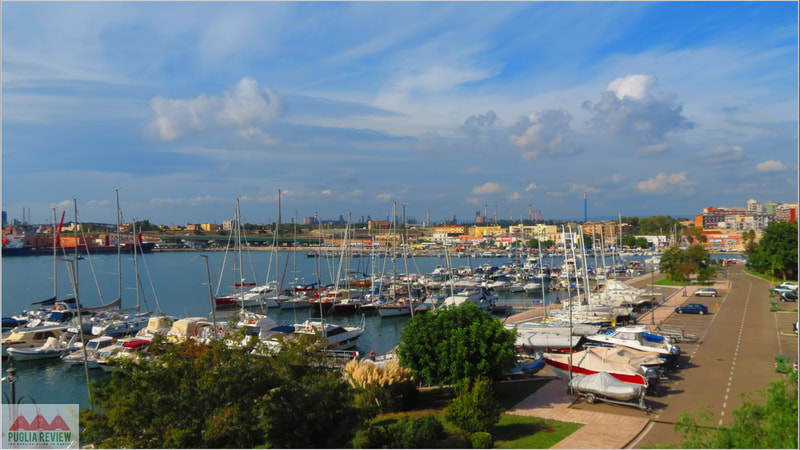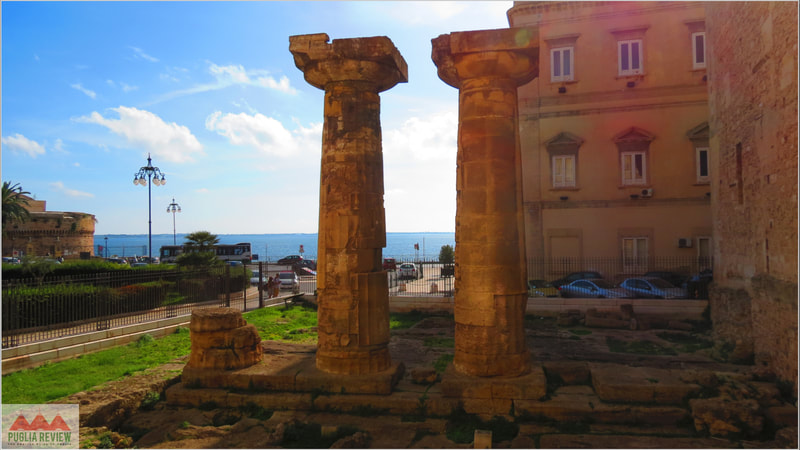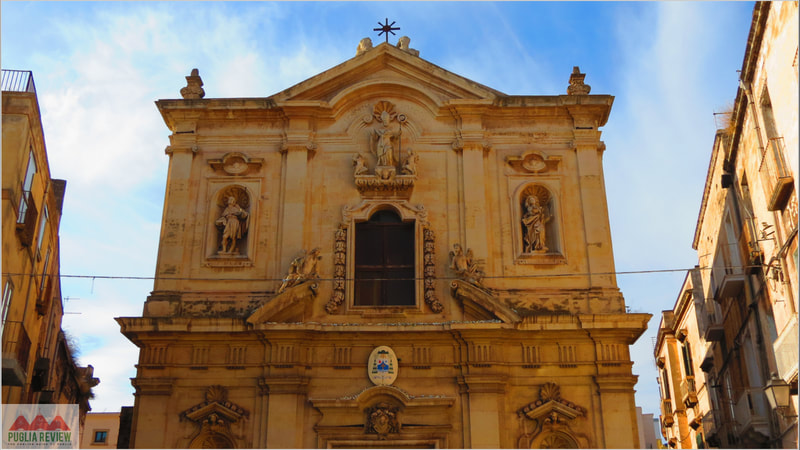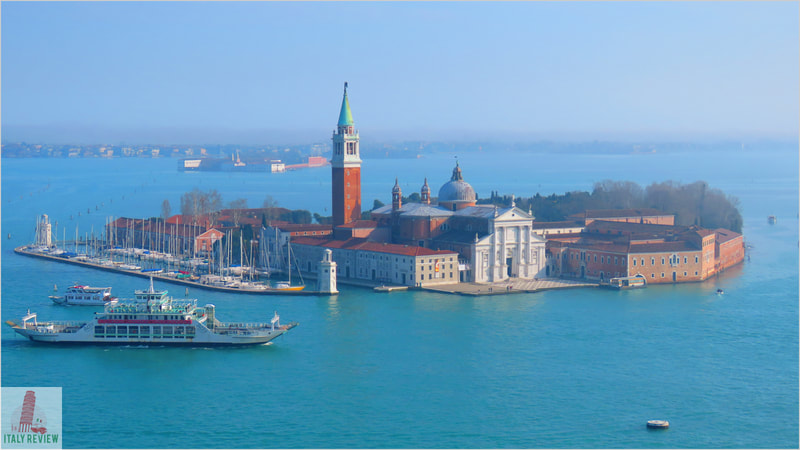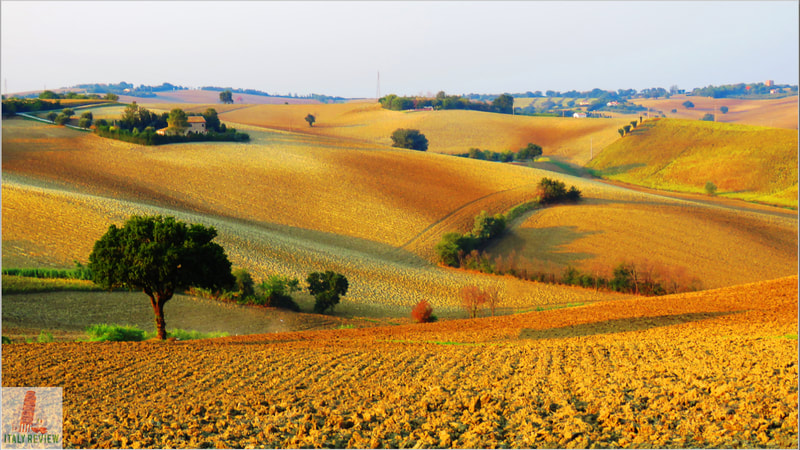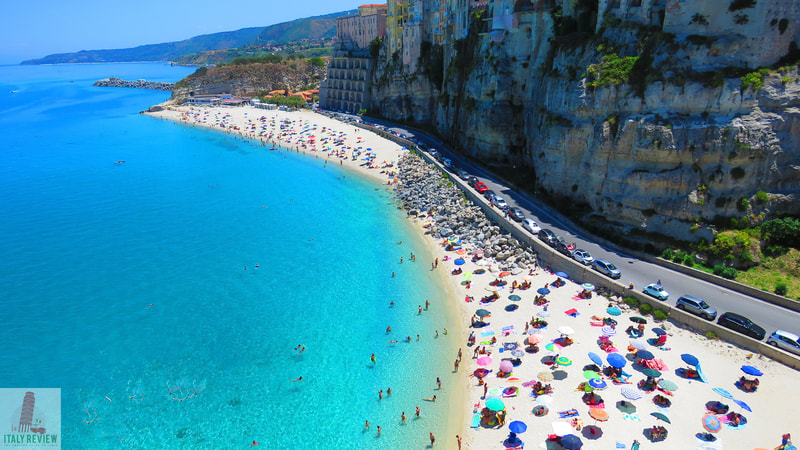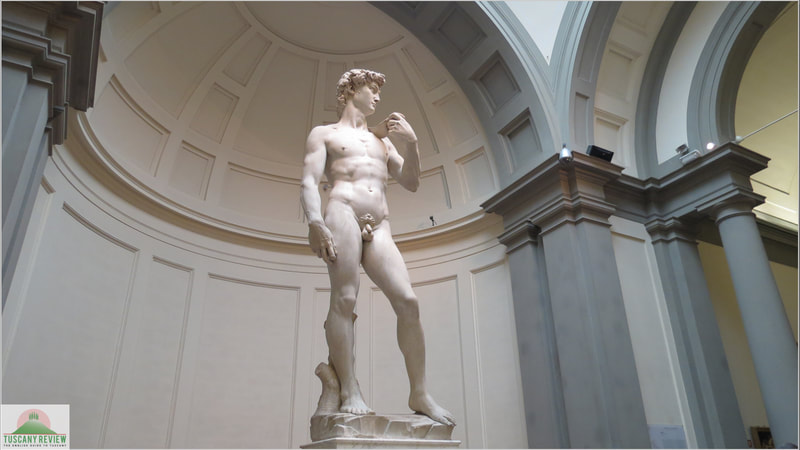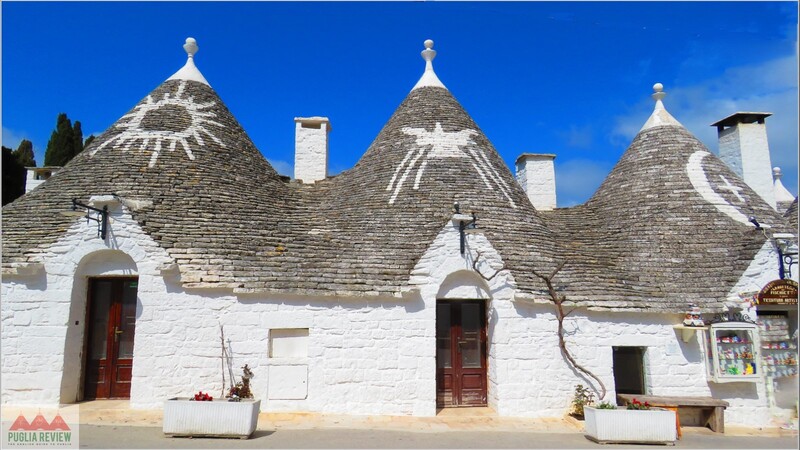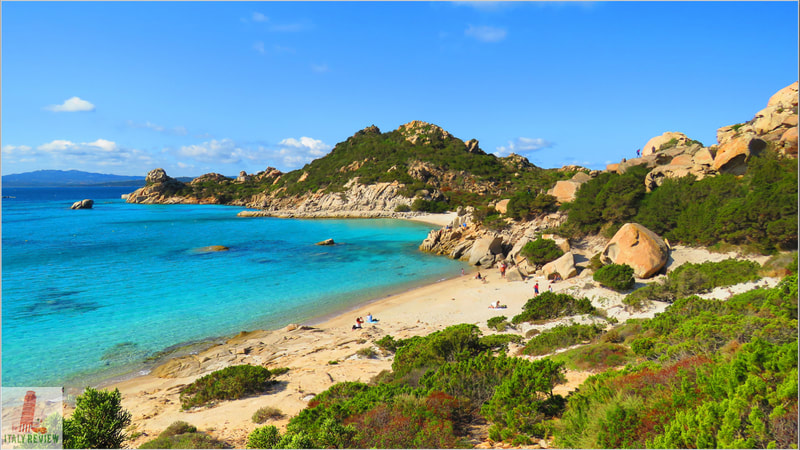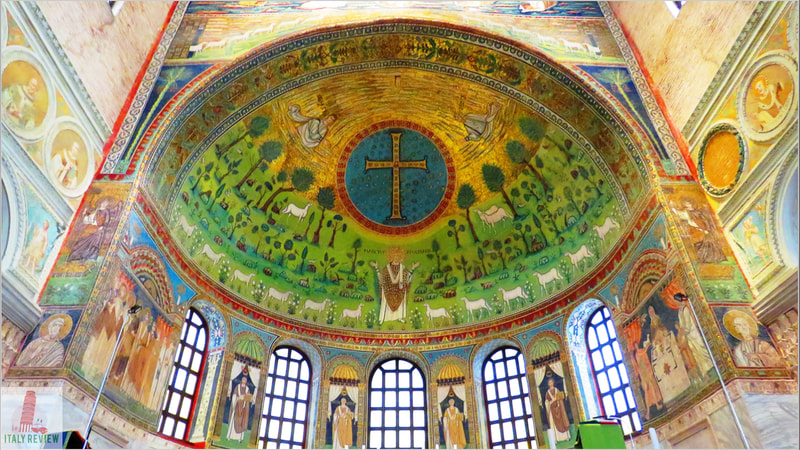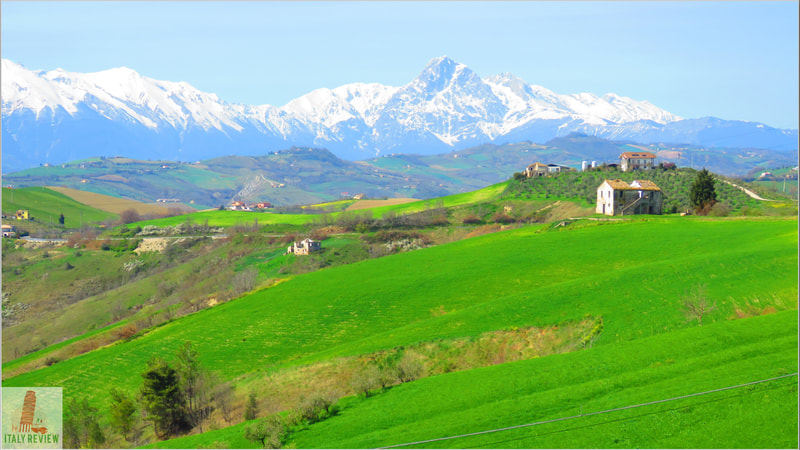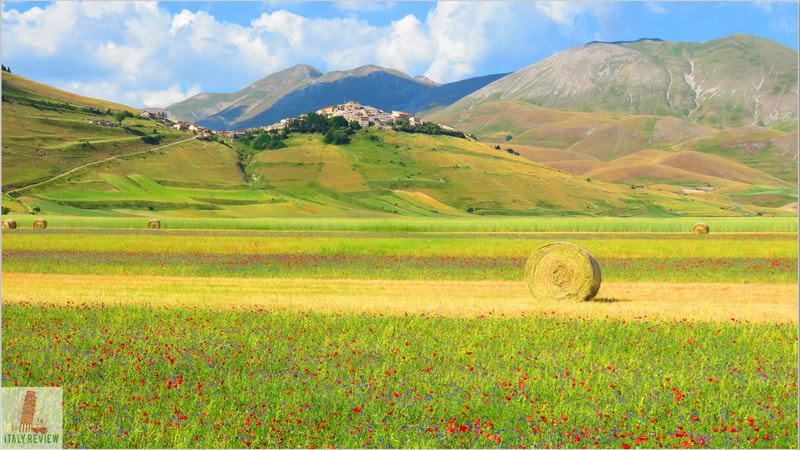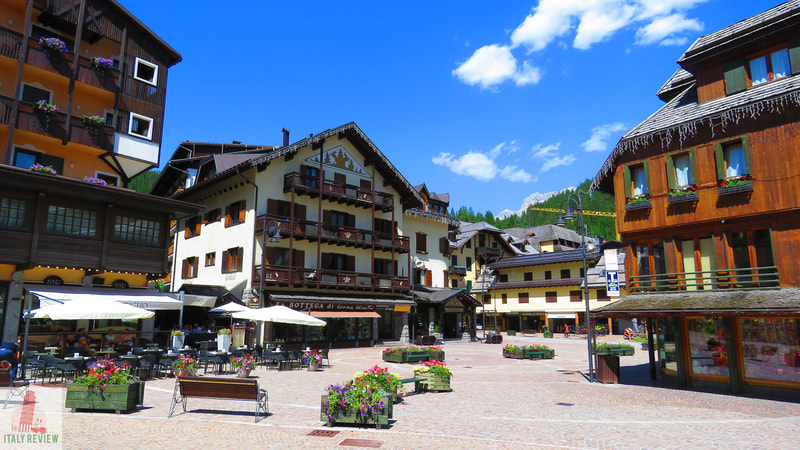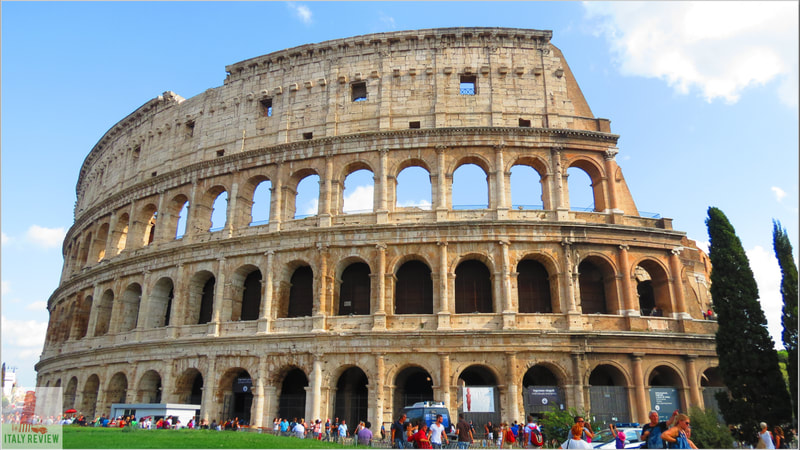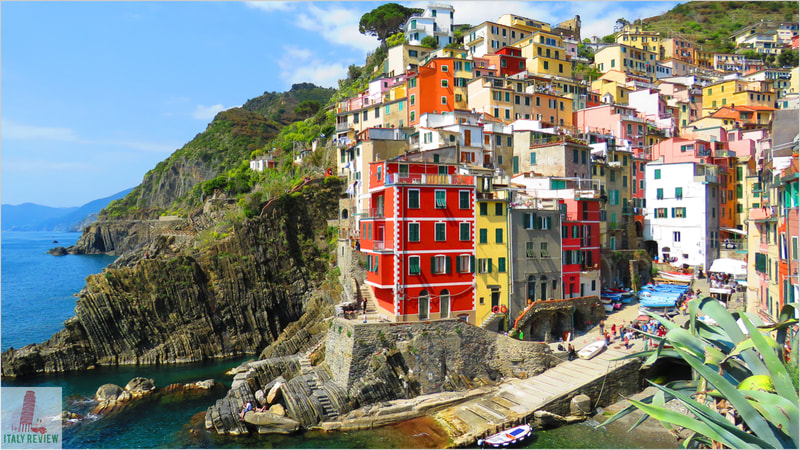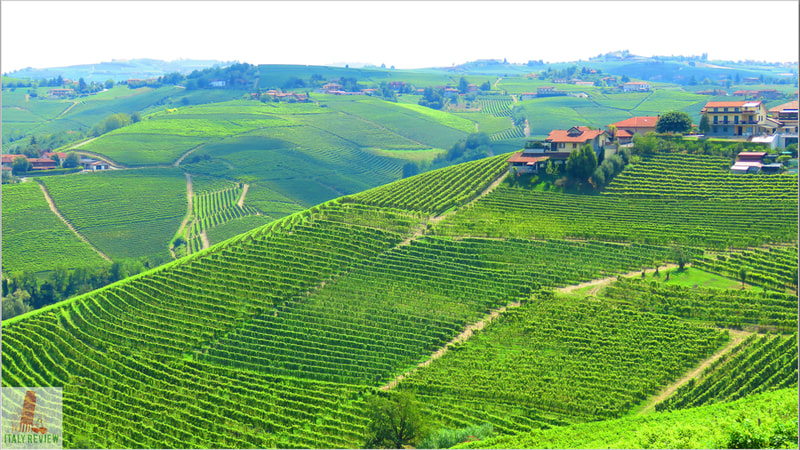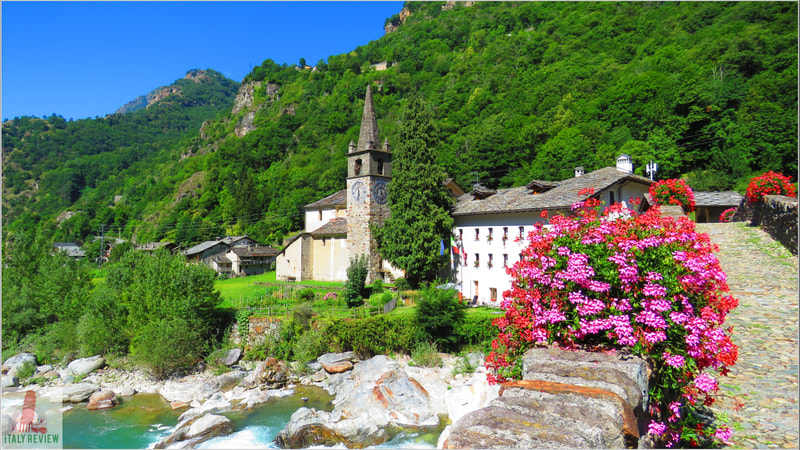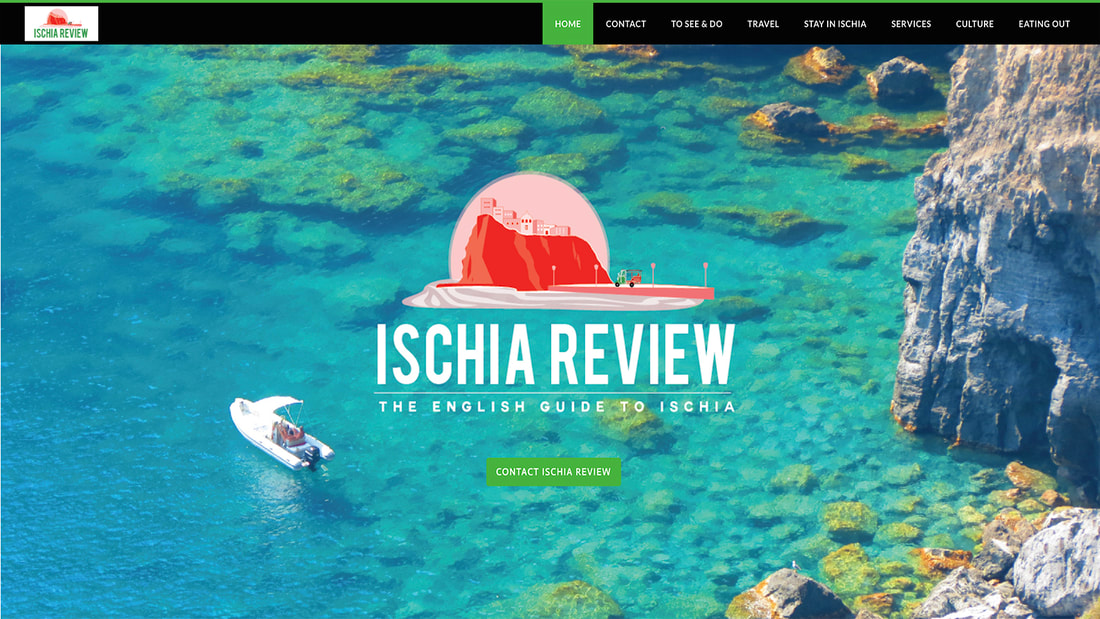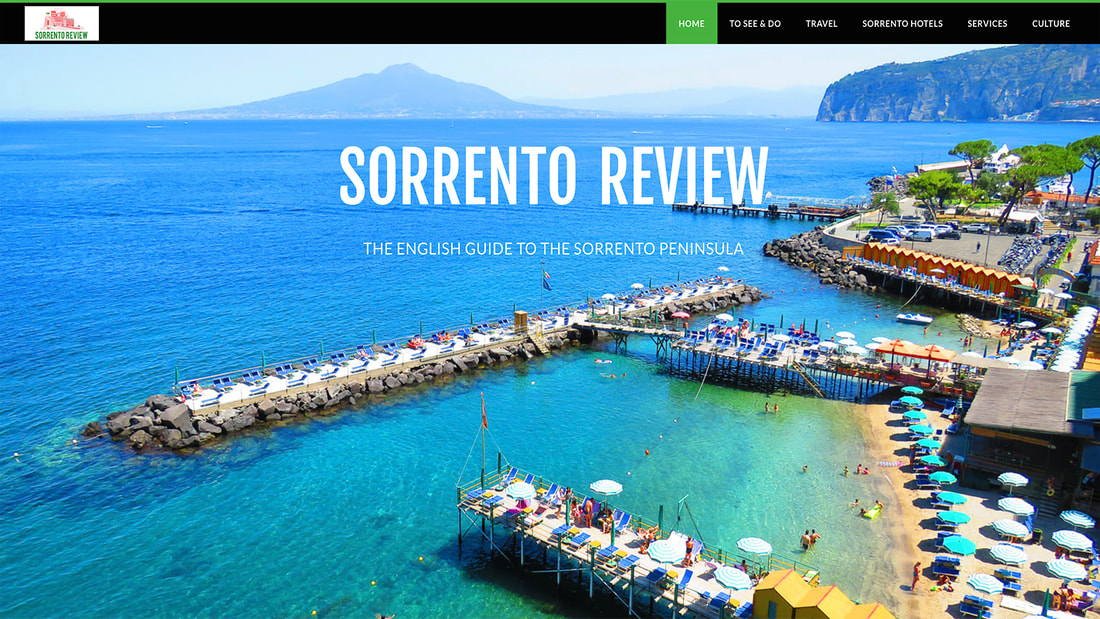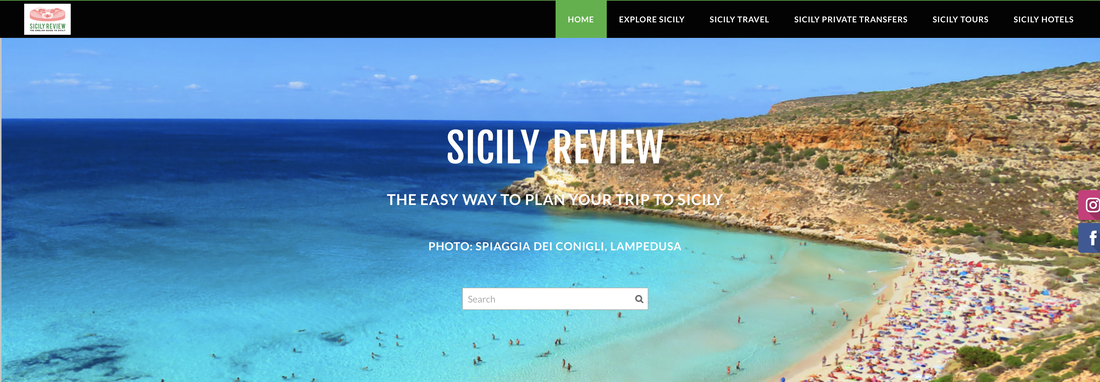Taranto
|
By Dion Protani
|
Latest update: 29 October 2023
|
|
The city of Taranto is the capital city of the Province of Taranto with a population of 196,702 inhabitants.
Situated on the Ionian coast, it covers a total area of 250 km² and lies 88 kilometres south east of Bari, the regional capital of Puglia. Modern-day Taranto is a home to an important Naval base and steel works but its history stretches back some 2,800 years to when it was one of the most important cities of Magna Graecia, a history that still felt today in the city's Archaeological Museum. |
Related links
Taranto's unusual layout
To get an understanding of Taranto (by the way, pronounced with the stress on the first A), a good place to start is by looking at the way the city is laid out. It has a rather unusual configuration, occupying a little gulf in a corner of the Ionian Sea. Just in front of Taranto lies a fortified island called Isola San Pietro, which stands guard over the outward facing bay known as the Mare Grande (Big Sea).
The city is then divided into three land areas: to the north is the industrial area occupied by the steel works and this area is connected by a bridge to an artificial island which is in turn connected to the eastern area of the city by another bridge.
The city is then divided into three land areas: to the north is the industrial area occupied by the steel works and this area is connected by a bridge to an artificial island which is in turn connected to the eastern area of the city by another bridge.
Borgo Antico: the old town
The artificial island is known as Borgo Antico; this is the oldest part of the city where you'll find the Cathedral (Basilica Cattedrale di San Cataldo) and another of the city's emblems, a pair of Doric Columns which were once part of a temple dedicated to Poseidon and are almost as old as the city itself. The other major structure of the Borgo Antico is the 15th century castle, Castello Aragonese which is nowadays the property of the Italian Navy but still open to visitors.
The Borgo Antico separates the Mare Grande, the outward facing bay, from the Mare Piccolo (Small Sea), an inward facing lagoon which is famous for its oysters that find themselves on the menus of local restaurants. The Borgo Antico is connected to the eastern side of the city's mainland by a bridge that crosses a narrow channel, guarded by the Castello Aragonese. This eastern area of the city is the liveliest; it's where most people live and also where you'll find the vast majority of shops and restaurants.
The Borgo Antico separates the Mare Grande, the outward facing bay, from the Mare Piccolo (Small Sea), an inward facing lagoon which is famous for its oysters that find themselves on the menus of local restaurants. The Borgo Antico is connected to the eastern side of the city's mainland by a bridge that crosses a narrow channel, guarded by the Castello Aragonese. This eastern area of the city is the liveliest; it's where most people live and also where you'll find the vast majority of shops and restaurants.
Borgo Nuovo: the new town
In large part due to its strategic naval importance, Taranto was heavily targeted by Allied bombing raids during World War Two and as such, much of the city had to be rebuilt. The eastern part of the city, known as the Borgo Nuovo, is where most of that reconstruction took place and as such, it has a very different feel to the Borgo Antico. When you cross the narrow sea channel from the old to the new, the first area you reach is the Corso Due Mari, named in reference to the two seas: Mare Grande and Mare Piccolo mentioned above.
The Corso Due Mari swings south, to follow the line of the sea where it becomes the Lungomare Vittorio Emanuele II. The Lungomare (Promenade) is a favourite spot for joggers and walkers alike, and is also home to one of the city's most recognisable buildings: the gargantuan Palazzo del Governo, built in the 1930's under Mussolini's fascist regime.
The Corso Due Mari swings south, to follow the line of the sea where it becomes the Lungomare Vittorio Emanuele II. The Lungomare (Promenade) is a favourite spot for joggers and walkers alike, and is also home to one of the city's most recognisable buildings: the gargantuan Palazzo del Governo, built in the 1930's under Mussolini's fascist regime.
The National Archaeological Museum of Taranto
With Taranto's ancient history in mind, many visitors come to Taranto solely to visit the city's National Archaeological Museum (Museo Nazionale Archeologico di Taranto, shortened to MARTA), one of the best of its kind in the whole country. Situated on the opposite side of the Borgo Nuovo from the Lungomare, the Archaeological Museum houses one of the most important collections of artefacts from the Magna Graecia period.
Between the Lungomare and the Archaeological Museum lies the city's main shopping street, the pedestrianised Via d'Aquino, which leads up to the modern Piazza Maria Immacolata, the central focus of life in the city.
Between the Lungomare and the Archaeological Museum lies the city's main shopping street, the pedestrianised Via d'Aquino, which leads up to the modern Piazza Maria Immacolata, the central focus of life in the city.
Comune di Taranto
|
Province: Taranto
Region: Puglia Population: 190,717 (source: ISTAT 1 January 2022) Size: 217 km² Top sights: Borgo Antico, Archaeological Museum, Doric Columns Close by: Massafra, Martina Franca, Alberobello, Locorotondo Recommended accommodation: L'Arcangelo Boutique Hotel |
Taranto Travel
Taranto's train station is situated in the northern, industrial sector of the city, a 20 minute walk (1.7 km) from the Corso Due Mari on the opposite bank to the castle. Despite it being a longish walk, it does perfectly take you through a brief orientation of the city as you pass from one side to the other of the Borgo Antico before reaching the Borgo Nuovo. Trains from Taranto run north to Bari (Bari Centrale) with a journey time of an hour and 15 minutes, while heading east it's an hour and 6 minutes to Brindisi.
The most convenient airport for Taranto is Brindisi Salento Airport which is a 49 minute drive away (74 km), while the next best option, and not much further away is Bari Karol Wojtyla Airport, an hour and 8 minutes away by car (101 km).
Places of interest close to Taranto include the town of Massafra with its collection of fascinating church grottoes. Slightly further away but of even greater interest is the city of Matera with its own Rupestrian Caves, a UNESCO World Heritage Site, across the regional border in Basilicata. To the north of Taranto lies the Valle d'Itria with its unique landscape peppered with Trulli houses. Towns to visit in the Valle d'Itria include Cisternino, Martina Franca and Locorotondo but best of all is Alberobello. The coastline south of Taranto is full of sandy beaches with one of the best being the beautifully-named Punta Prosciutto (Ham Point).
The most convenient airport for Taranto is Brindisi Salento Airport which is a 49 minute drive away (74 km), while the next best option, and not much further away is Bari Karol Wojtyla Airport, an hour and 8 minutes away by car (101 km).
Places of interest close to Taranto include the town of Massafra with its collection of fascinating church grottoes. Slightly further away but of even greater interest is the city of Matera with its own Rupestrian Caves, a UNESCO World Heritage Site, across the regional border in Basilicata. To the north of Taranto lies the Valle d'Itria with its unique landscape peppered with Trulli houses. Towns to visit in the Valle d'Itria include Cisternino, Martina Franca and Locorotondo but best of all is Alberobello. The coastline south of Taranto is full of sandy beaches with one of the best being the beautifully-named Punta Prosciutto (Ham Point).
|
Fly to: Brindisi Salento Airport - 59 minutes by car (81 km)
By train: Brindisi - 1 hour 6 minutes, Bari - 1 hour 15 minutes |

